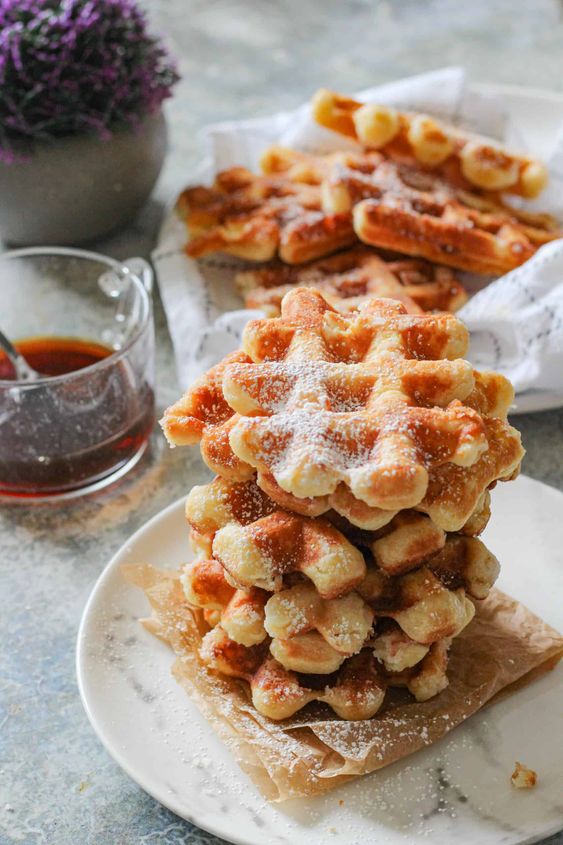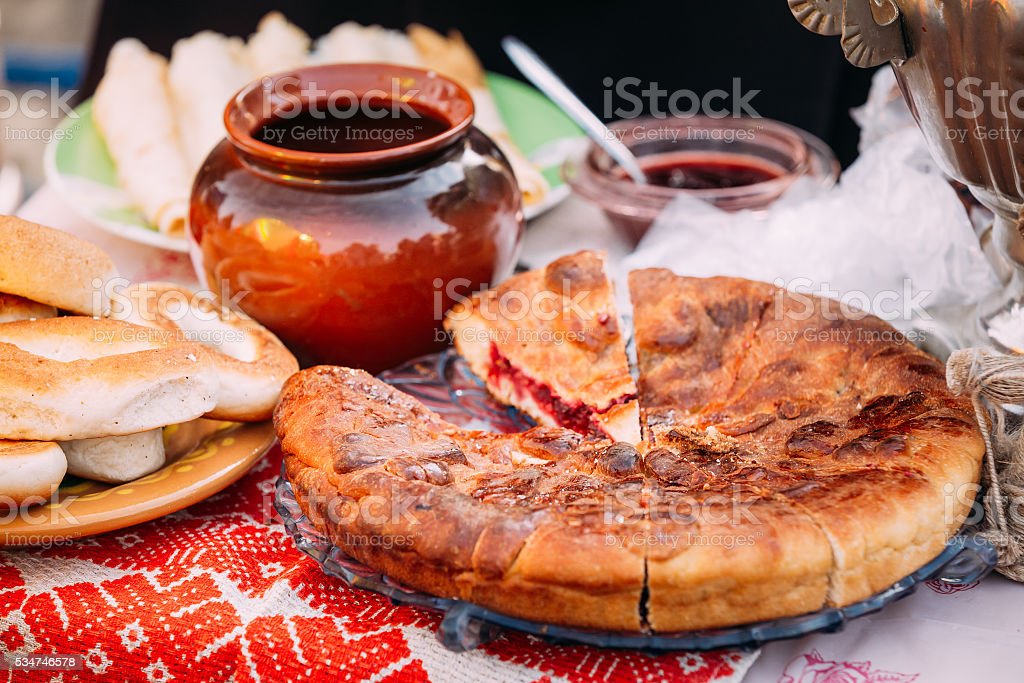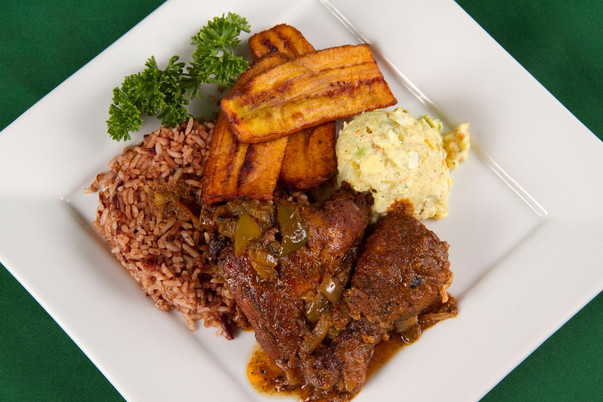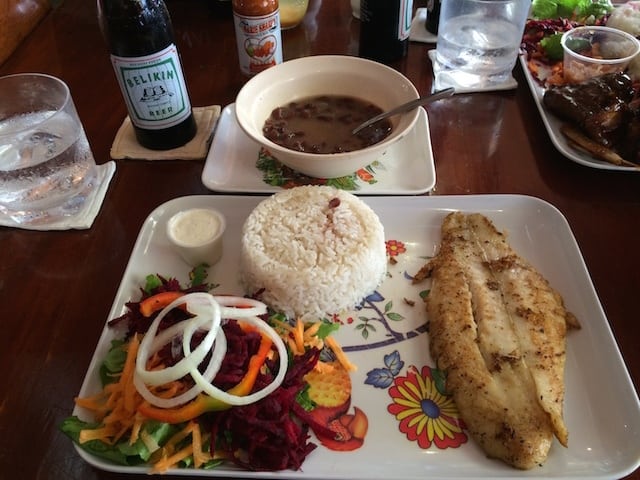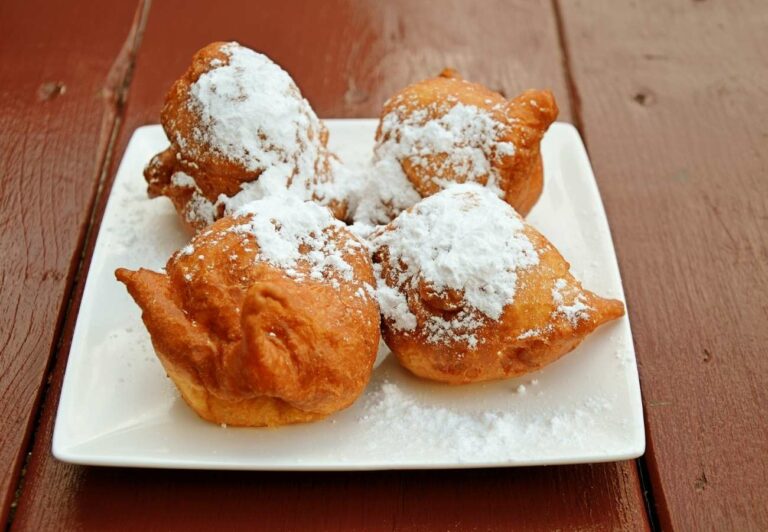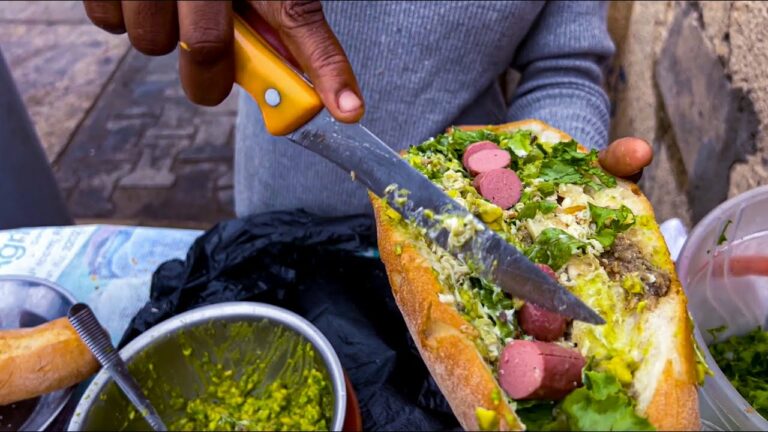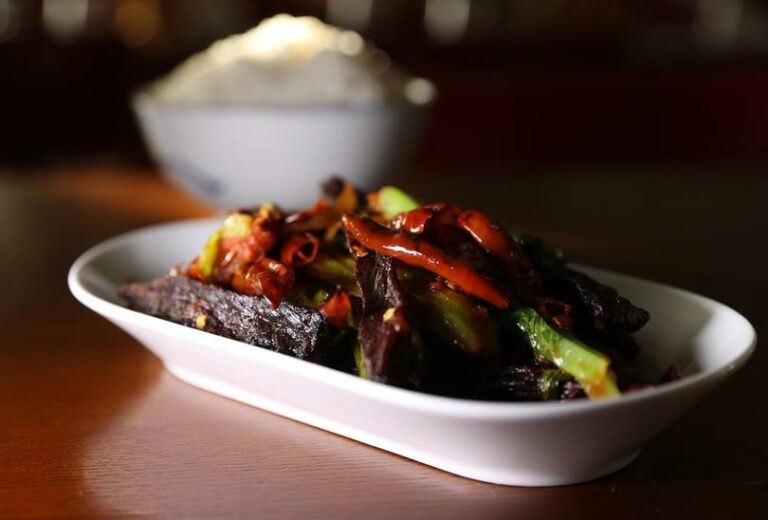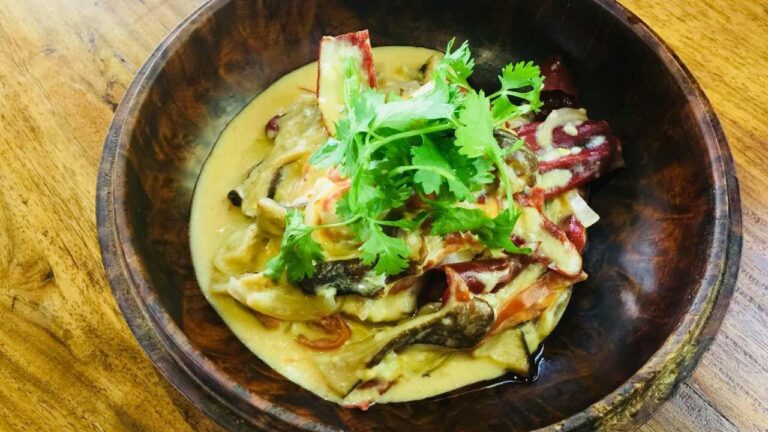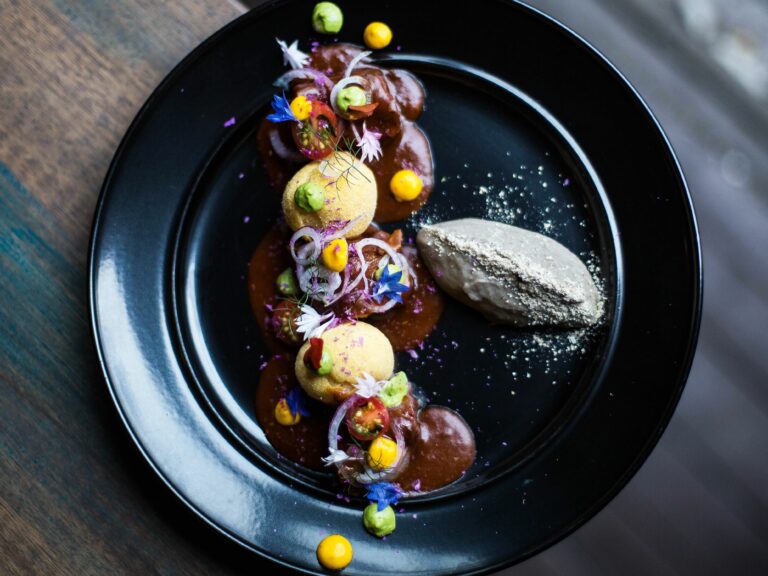Introduction: Exploring Belgian Dining Culture
Belgium is known for its exquisite cuisine and fine dining. It is a country that takes food seriously, and with good reason. Belgian cuisine is a blend of French, German, and Dutch influences, resulting in a unique culinary experience. In this article, we will explore the customs and etiquette associated with Belgian dining.
The Role of Dining in Belgian Society
Dining is a significant part of Belgian culture. It is a time for family and friends to come together and share a meal. In Belgium, dining is not just about the food; it is also about the company and the experience. Belgian cuisine focuses on fresh, locally sourced ingredients, and meals are often enjoyed over several courses. Belgian dining is a leisurely affair, and it is not uncommon for meals to last for several hours.
What to Expect When Dining in Belgium
When dining in Belgium, expect to be served high-quality, sophisticated dishes. Belgian cuisine is known for its use of seafood, game, and fresh vegetables. Meals are often accompanied by bread, cheese, and a variety of sauces. Belgian cuisine is also famous for its chocolate, waffles, and beer. When dining in Belgium, it is essential to keep in mind that service is typically included in the bill, so there is no need to tip.
The Art of Belgian Table Manners
Belgian table manners are similar to those in other European countries. It is customary to wait for the host or hostess to invite you to sit down before taking a seat. When dining, keep your hands above the table, and never place them in your lap. When using utensils, start with the outermost utensil and work your way towards the plate. Belching, blowing your nose, or other bodily functions should be avoided at the table.
The Importance of Toasting and Drinking
Belgians take their beer seriously, and it is an essential part of the dining experience. When toasting, it is customary to make eye contact with each person at the table before taking a sip. Belgians also have a tradition of touching glasses while making eye contact. It is also customary to drink slowly and enjoy the flavors of the beer rather than chugging it down.
The Dos and Don’ts of Belgian Dining
When dining in Belgium, it is essential to dress appropriately. Avoid wearing shorts or casual clothing to formal or upscale restaurants. It is also important to arrive on time, as tardiness is considered rude. It is also customary to finish everything on your plate, as leaving food is seen as wasteful.
Tips for Navigating Belgian Menus
Belgian menus can be overwhelming, especially for those unfamiliar with the cuisine. When dining in Belgium, do not be afraid to ask your server for recommendations or explanations of menu items. It is also common for restaurants to offer a set menu, which is an excellent option for those who want to try a variety of dishes.
Conclusion: Embracing Belgian Dining Culture
Belgian dining culture is an experience that should not be missed. It is a time to enjoy good food, good company, and good beer. By following a few simple customs and etiquette guidelines, diners can fully embrace the Belgian dining experience. So, the next time you find yourself in Belgium, be sure to try the local cuisine and immerse yourself in the rich dining culture.

